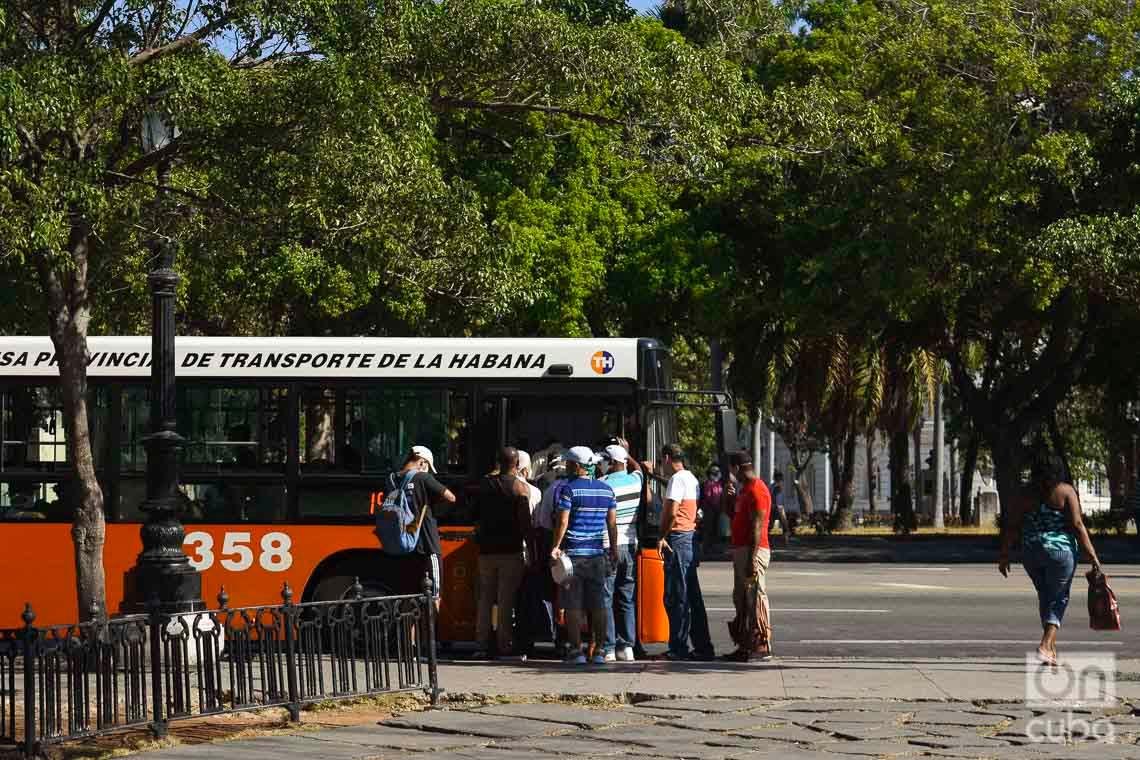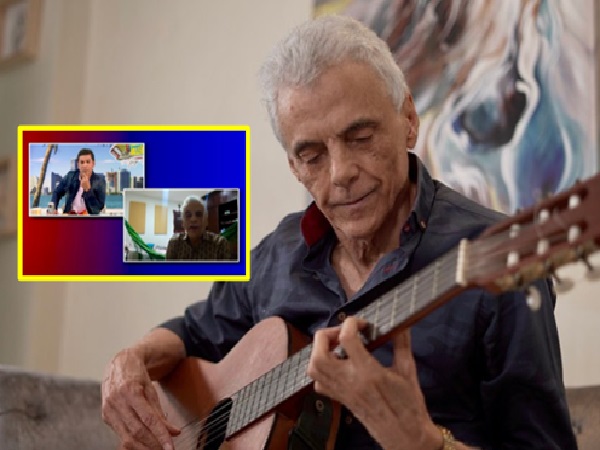Havana is facing one of the most serious transport crises in the last 10 years, with less than 500 vehicles available to transport more than half a million people daily, reported industry authorities.
To illustrate the serious problem, the authorities have explained that at the beginning of the COVID-19 pandemic, 780 buses were operating in the capital, while the company that manages them today has “only 442 vehicles, moving 580,000 passengers per day.” , a figure much lower than that of 2020.”
In a meeting held this week, Rauger Medina Suárez, director of planning and development of the General Directorate of Transportation of Havana (DGTH), reported that measures are being taken with different institutions to solve the complex situation, according to the published information in national media.
However, the director himself has argued that a plan of measures “will not completely resolve the situation we have today in transport, because it is clear that what is needed is bus and today we don’t have them”.
Among these measures is the incorporation of 54 buses from different work centers that have their own means to move their workers, among which are BANDEC and the University of Informatics Sciences. These will offer services in areas of Centro Habana, Old Havana, La Lisa and Arroyo Naranjo, between 8:00 am to 3:00 pm
Another group of 24 buses from different institutions should join in the next few days in similar functions, in a call made by the director of planning and development of the DGTH for more organizations to join the initiative. The routes that these buses will cover will have a ticket price of 5.00 pesos in national currency, the information clarifies.
The revision of ticket prices in the state sector, as well as the call to incorporate new vehicle drivers, are other measures that will be taken by the DGTH. In this sense, the tricycles of the Neomovilidad project will be added in the first days of May, which will open routes in the towns of Fontanar, Abel Santamaría and Wajay, in the Boyeros municipality.
The authorities also specified that state inspectors will maintain around 311 official bus stops in Havana, barely 10% of the real need, since the city has about 3,000 collection points.






